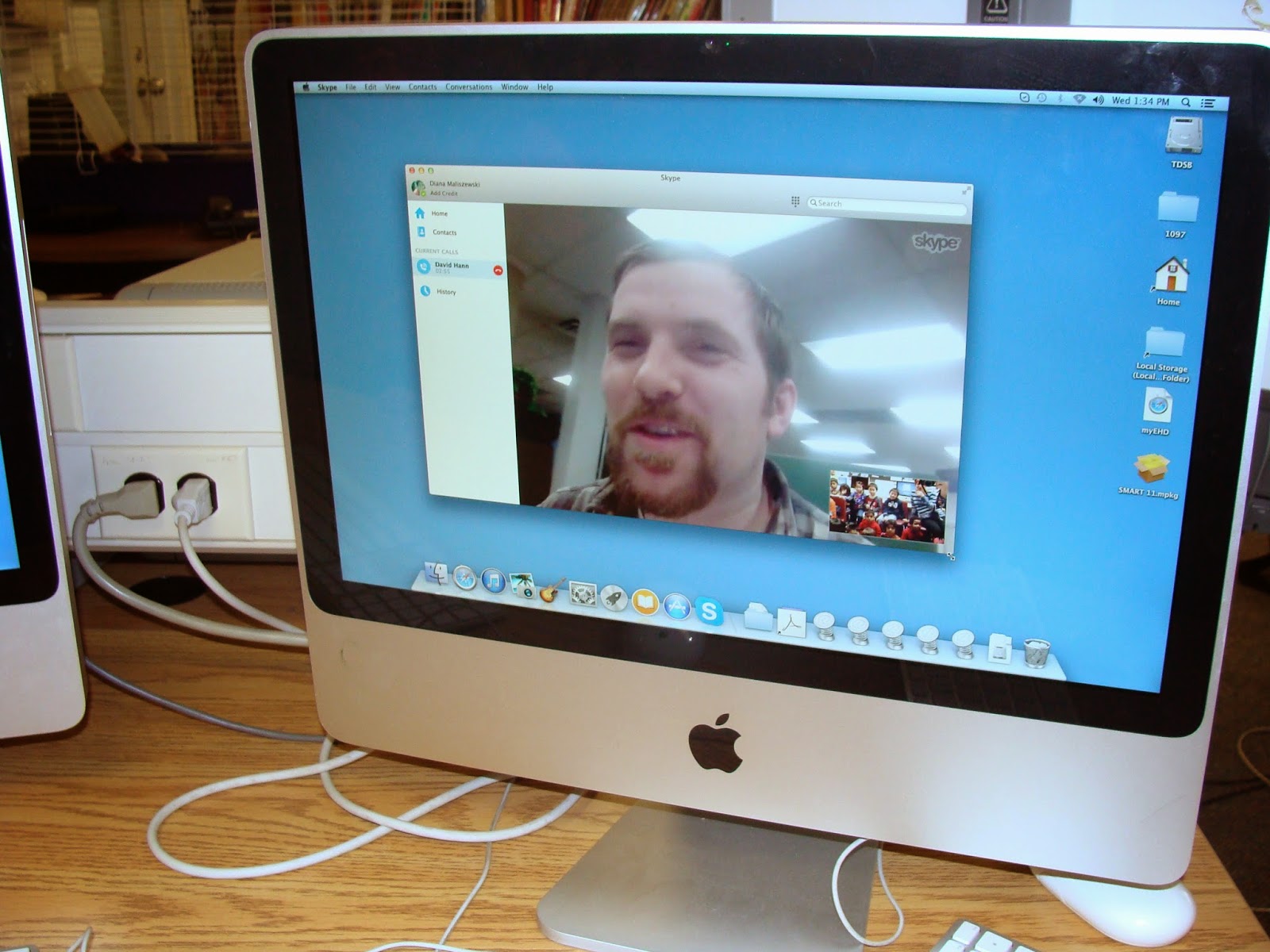- reaching out (to fellow educators and other connections)
- using technology authentically
- embracing inquiry
It all began with a admittedly run-of-the-mill author investigation with all three of the kindergarten classes I see for library, ICT, and media. Our focus author was Paulette Bourgeois and her Franklin the Turtle series. We read the books. We watched the TV show episodes on Learn 360. We played the games on www.treehousetv.com. I wanted the students to be active media producers and not just media consumers so each class brainstormed potential Franklin media texts that we could create. One particular class, the one fortunate enough to have Jennifer Balido-Cadavez as their ECE, decided that they wanted to make Franklin cookies. One of the many things I admire about Jen is how she integrates the themes and topics between the "regular" class and the "specialist" lessons. She and the kindergarten students continued to talk back in their regular classroom about how we might make Franklin cookies when the kindergarten teacher (Jenny Bird - there are a lot of Jennifers on our staff!) asked if it would be possible to 3D print a cookie cutter.
I am lucky to know David Hann, a teacher at Donview Middle School who is known as "the 3D Printer Guy". He does very innovative things with his students, like building working pinball machines that he and his students shared at the recent Toronto MakerFaire. He's seriously curious and always experimenting, including his recent explorations onto the GamingEdus Professional Play Minecraft server. He's not stingy with his knowledge and resources - and neither is Lisa Dempster from Riverdale C.I.. She is constantly pushing the boundaries of what it means to work in a Library Learning Commons. She is doing pretty amazing things related to STEM in her library and she readily offered us her Google document outlining how to turn a 2D drawing into a 3D printed creation.
Mrs. Cadavez and I read over the steps and together with the students, we explored, questioned, and experimented. We tweeted our investigations on the school Twitter account
K2 exploring materials from @EDGElab and wonder: how does this special printer make sides? @jenabee_c @MzMollyTL pic.twitter.com/Mm5Dbf2y04
— AgnesMacphailPS (@AgnesMacphailPS) January 19, 2015
and when the possibility of a Skype chat with David Hann at Donview came up, we jumped at the opportunity.
@AgnesMacphailPS @TeacherHann @jenabee_c good question - want to skype chat?
— Donview DesignTech (@DonviewDT) January 19, 2015
Some would say that watching a 3D printer do its job is boring. Don't tell that to our twenty-plus 4- and 5-year-olds, who sat mesmerized as Mr. Hann warmed up his school's 3D printer, explained the process, and printed a toonie-sized object for us. We documented like crazy, taking videos, snapping photographs, and tweeting.
One of questions about 3d printing answered! 3d printing material is spools of plastic! Thanks @TeacherHann pic.twitter.com/OyPJy12D4Z
— AgnesMacphailPS (@AgnesMacphailPS) January 22, 2015
 |
| David explains the process to our excited kindies |
 |
| Mrs. Cadavez' expression says it all: WOW! |
Mr. Hann, through the @DonviewDT Twitter account, answered some of our initial questions, and then we set up a Skype meeting to see a 3D printer in action. David was an incredible teacher - he explained the concepts in ways that our kindergarten students could understand (e.g. the 3D printer extrudes the melted plastic like when we squeeze Play-Doh through our fists). He taught us about 3D printers but also life lessons about curiosity and perseverance (e.g. he told us that it took him three tries to get his heart cookie cutter to print in the way he wanted but he learned from his mistakes and kept trying).
Other people continue to help us with our goal. The kindergarten students, under Jen's guidance, actually researched the cost of ordering our 3D cookie cutter created with food-safe materials. (We found out from our talk with Mr. Hann that our original plans for making a cookie cutter with regular plastic might not be 100% sanitary.)
I did some researching as well and found some Canadian contacts I had made at the Toronto Maker Faire. I muddled my way through transforming their drawing via TinkerCad. John Watson was willing to work with our file and project and it looks like it will become reality. Our kindergarten students may not have conducted every single step in the process, but they were involved in 3D printing in ways I didn't think were possible. Everyone involved was so enthusiastic - and we plan on showing our appreciation by baking and delivering lots of cookies!
P.S. - It's done! John Watson, from TapLabs in Ajax, made our cookie cutter for us this weekend and even took photos of the process!








No comments:
Post a Comment